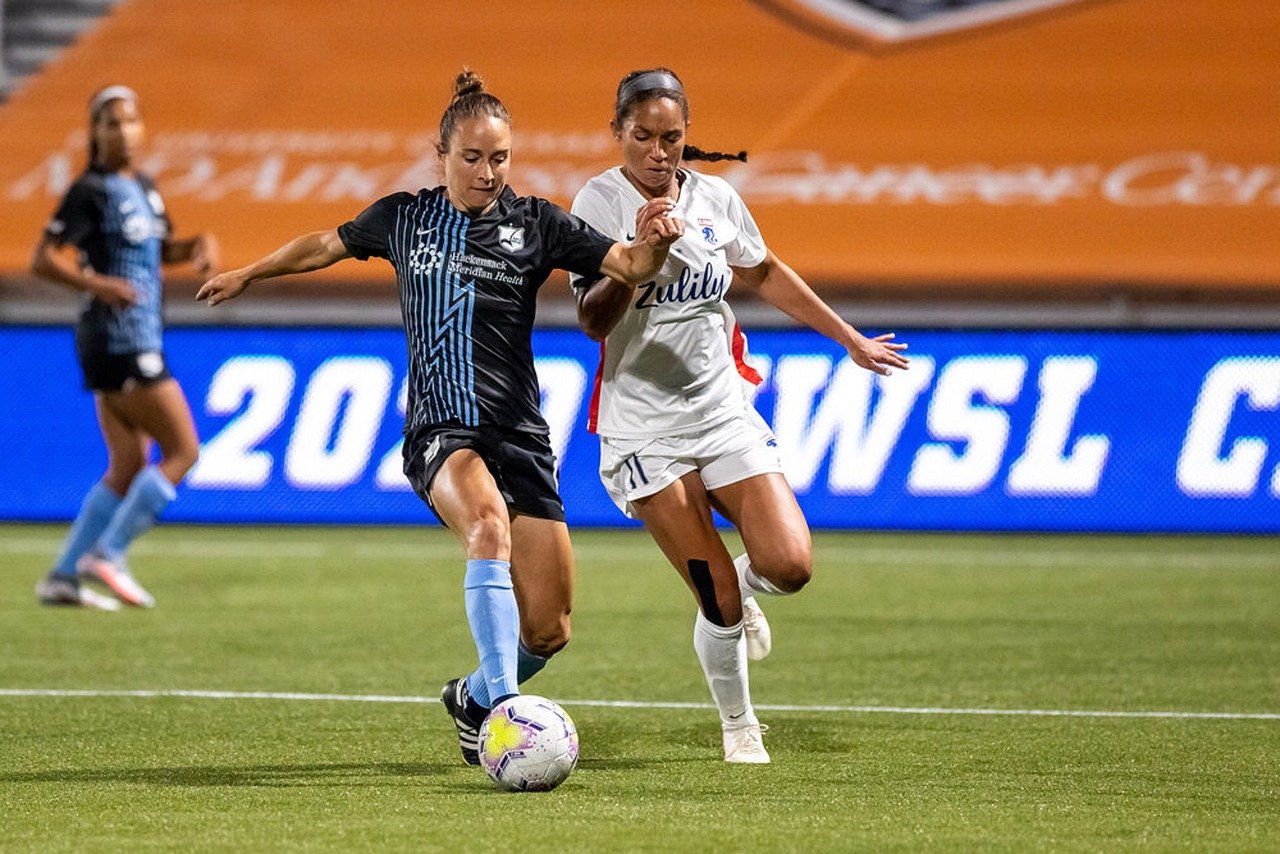Title IX and Cutting Collegiate Athletic Teams During the Pandemic

By Professor Paul Anderson, Director, Sports Law Program and National Sports Law Institute, Marquette University Law School
(The following passage is excerpted from an exclusive article that appeared in Sports Litigation Alert and Legal Issues in Collegiate Athletics.)
On July 8, 2020, Stanford University announced that it would discontinue 11 varsity sports programs at the end of the 2020-2021 academic year: men’s and women’s fencing, field hockey, lightweight rowing, men’s rowing, co-ed and women’s sailing, squash, synchronized swimming, men’s volleyball, and wrestling. Although the university stated that the decision to make these cuts took years to develop, it admitted that the harsh realities faced by the university because of the Covid 19 pandemic pushed it to come to this decision. While many of these sports could be considered Olympic and non-revenue producing sports, they make up about one third of the school’s entire athletic program, accounting for 240 athletes and programs that have produced 20 national titles and 27 Olympic medals.
These cuts were part of the more than 250 teams that have been cut from athletic programs throughout the United States since the fall of 2019. Although the most cuts took place at the NCAA Division 1 level, teams were cut at community and junior colleges, NAIA schools, and all levels of the NCAA. Although Olympic sports lead the way in the types of teams cut the most, with Tennis, Golf and Cross Country most common, 28 different sports saw teams get cut, including a few football teams.
These cuts come at a time when American universities are facing an expected more than 120 billion dollars in negative fiscal impact from the Covid 19 pandemic causing cuts in many academic and administrative areas. It is not surprising then that some of these cuts have also happened within athletics.
When cuts happen in athletics, in particular when women’s teams are cut, the issue of whether cutting teams is contrary to Title IX (the Patsy Takemoto Mink Equal Opportunity in Education Act, 20 U.S.C. 1681, et. seq.) comes to the forefront. When female athletes’ teams are cut there is often an uproar, as there was in response to Stanford’s decision to cut. The same uproar is rarely found when men’s teams are cut. Looking into whether these assumptions have changed will be important as universities continue to face the impact of the Covid 19 pandemic.
Title IX and cutting teams
Most universities did not begin to cut teams to meet the requirements of Title IX until the early 1990s. However, the framework that led to cutting opportunities comes from the now Department of Education in 1979, with the policy interpretation – A Policy Interpretation: Title IX and Intercollegiate Athletics. The interpretation laid out a 3-prong test that schools must meet to ensure that they are effectively accommodating the interests and abilities of each sex.
Courts reviewing Title IX claims, and typically deferring to guidance from the Department’s Office for Civil Rights (OCR), have consistently found that the second and third prongs of this test only apply to the “underrepresented sex.” Men remain the overrepresented sex at all levels of sport, so these two prongs only apply to women.
The second prong focuses on whether schools have a “history and continuing practice of program expansion” for women. Cutting women’s teams is anathema to this expansion, and one must wonder whether any school could truthfully argue that it meets this prong 49 years after the passage of Title IX without a long history of expansion for women.
The third prong focuses on whether “the interests and abilities” of women “have been fully and effectively accommodated.” Cutting women’s teams again is evidence of the opposite by taking opportunities away from student athletes who showed that they had the requisite “interest” and “ability” as they were already full participants in the now cut sport.
Because of this the focus of claims brought by athletes whose opportunities have been cut is rightfully on the first prong of the three-part test. This prong applies to both men and women and analyzes whether athletic opportunities are provided for both “in numbers substantially proportionate to their respective enrollments.” Under this prong, schools should compare the percentages of men and women in their student body, with the percentage of male and female athletic opportunities they offer. In other words, if a school enrolls 60% women, then they must provide close to 60% of their athletic opportunities to women. Although the percentages do not have to be equal, most courts will find that a school is providing substantially proportionate opportunities if there is less than a 3% gap between the percentages of enrolled students and participating athletes of one sex.
For example, on August 21, 2020, the University of Iowa announced that it was eliminating the men’s and women’s swimming and diving, men’s gymnastics, and men’s tennis teams. After these cuts there would be a 7.9% gap between the percentage of women enrolled at the university and the percentage of female athletes in the athletic department. This gap is too large and violates the first prong of the test.
Courts first began reviewing claims by athletes from teams that were cut in the 1990s when women from Indiana University of Pennsylvania, Colorado State, and Brown sued when their teams were cut. Although the courts all sustained the women’s claims forcing each university to reinstate the women’s teams, they also began to acknowledge that “in times of economic hardship, few schools will be able to satisfy Title IX’s effective accommodation requirement by continuing to expand women’s athletic programs.” (Roberts v. Colorado Board of Agriculture, 998 F.2d 824, 830 (10th Cir. 1993). Even with this recognition of the economic reality universities can be faced with courts have rarely allowed schools to cut women’s teams.
In addition, a case involving Brown University the 1st Circuit Court of Appeals found that the first prong of the test could be used as a “safe harbor” (Cohen v. Brown University, 991 F.2d 888 (1st Cir. 1993)). In other words, if schools could show that they provided substantially proportionate opportunities under prong one, they were safe from further Title IX challenges related to the opportunities provided to their student athletes.
Many schools interpreted this “safe harbor” as the only way to meet Title IX requirements related to participation opportunities and made meeting these requirements a pure numbers game. This led to many men’s teams being cut in the 1990s and 2000s, as universities could safely cut men to meet Title IX requirements because the percentage gap between male and female participants would become closer to being substantially proportionate after the men’s teams were cut.
Consider this hypothetical example. School A has 54% women enrolled and 48% women in their athletic program. The men are then at 46% enrolled, but 52% of the participants in athletics. The gap of 6% in the women’s participation percentages would not meet the substantial proportionality prong. However, if the university decided that it could not afford to increase opportunities for women, and instead cut men’s teams and therefore opportunities in an amount significant enough to reduce the men’s athletic participation percentage to 48%, the women’s athletic participation percentage would rise to 52% and thus now be within 2% of their enrollment percentage of 54%. This 2% gap would now be considered by most courts and OCR to demonstrate substantially proportionate opportunities.
Men have not been successful suing to reinstate their teams. One of the earliest cases reviewing claims brought by men from cut teams at the University of Illinois set this standard. The 7th Circuit Court of Appeals found that the university “could eliminate the men’s {teams} without violating Title IX, since even after. . .men’s participation in athletics would continue to be more than substantially proportionate. . .” (Kelley v. Board of Regents, 35 F.3d 265, 270 (7th Cir. 1994).
(Two more sections follow addressing Can Women’s Opportunities Be Cut? and Cutting Teams and Covid 19.)
